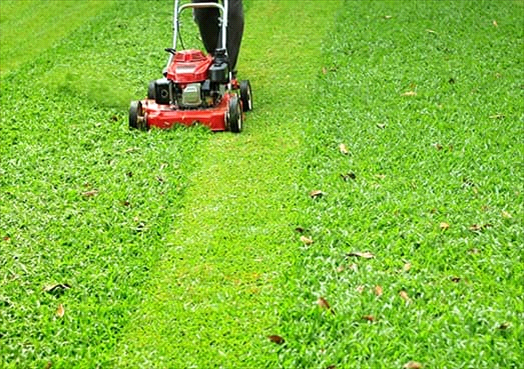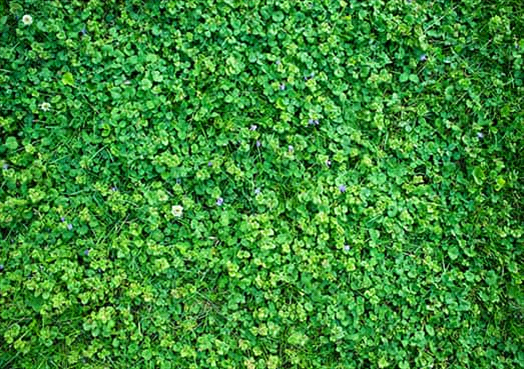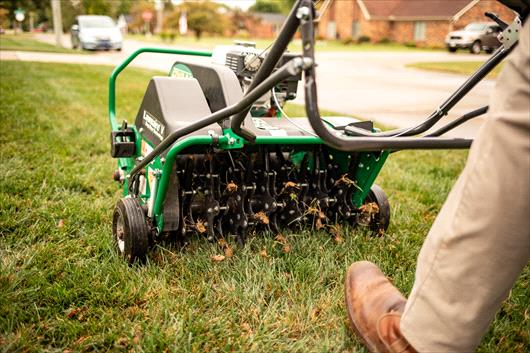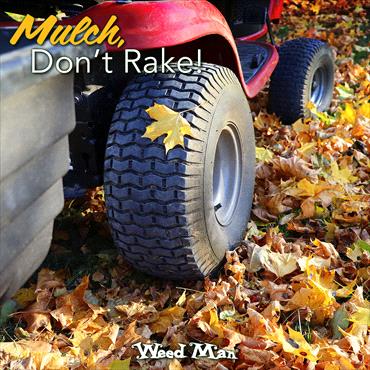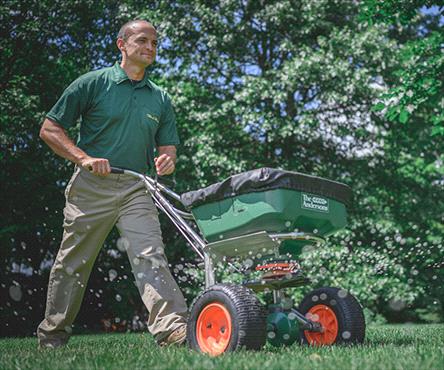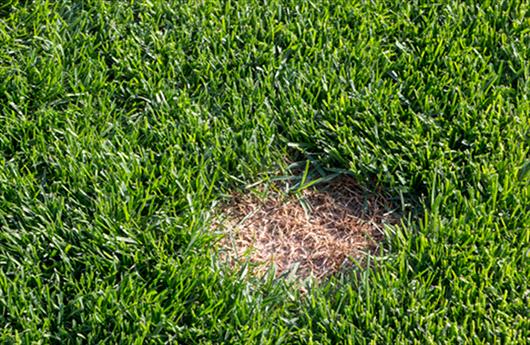Your Cart

No Mow May
Apr 23, 2024
Is it a good thing or harmful for your lawn?
In recent years, the “No Mow May” campaign—originally from the UK—has been gaining traction in Canada. Starting as a way to help pollinators like bees in the spring, it encourages homeowners not to mow their lawns for the month of May to allow dandelions and other flowering weeds to grow and provide food for pollinators.
At Weed Man, we get many questions about No Mow May and whether the products we use are harmful to bees and other pollinators. Below is some useful information about lawn care products, their impacts on pollinators, and whether No Mow May is a good thing for your lawn.
1. Lawn Care Products
During spring, the grass is actively growing and lawn care services are applied to promote healthy turfgrass, including liming and aeration. Common lawn weeds like dandelions, clover, and creeping Charlie are also actively growing and competing with grass for nutrients. We treat those weeds in May and June with herbicides. These products are designed to get rid of weeds but are not harmful to people and animals, including bees. At all times Weed Man follows our pollinator policy to protect pollinators.
2. Dandelions and Pollinators
While pollinators like bees will feed on dandelions when they don’t have other options, it is not their preferred food. Dandelions are low in amino acids, an important source of nutrition for pollinators. They prefer native flowers, trees, and shrubs, many of which flower earlier than dandelions, and will feed on those if available. Some early blooming trees, for example, include maple, oak, cherry, and crabapple.
3. Problems with Not Mowing Your Lawn for a Month
By not mowing your lawn for a whole month, you may inadvertently create problems for your property. Letting your lawn exceed the recommended height of 3 inches (7.5 cm), promotes the growth of undesirable weed species like thistle, knotweed, and wild violet. Once these weeds are established in a lawn, lawn care products will not get rid of them. Manual removal or replacement parts of the lawn may be your only alternative.
The health of the grass is negatively impacted by a month of no mowing. Turf is actively growing during May; cutting four weeks of growth at the end of the month will remove over half of each grass plant which damages it and makes it more susceptible to disease and insect damage.
Long grass is friendly “turf” for mice and other rodents, which brings their problems. Fleas, ticks, and mosquitoes like shady, damp areas and unmown lawns can provide a habitat where these can flourish. Lyme disease, West Nile, and other diseases are becoming more common and are spread by these insects.
Letting common lawn weeds like dandelion, creeping Charlie and clover grow for a month will cause those to proliferate in your lawn and others nearby, and they will be that much harder to get rid of.
4. How Homeowners Can Support Pollinators
To support pollinators, it is best to add pollinator-friendly flowers, trees, and shrubs to your property. Native flowers are best, such as coneflower and goldenrod. A naturalized bed or garden area that is populated with native plants and left undisturbed supports the overwintering and breeding of native pollinators. Flowering trees like poplar, maple, willow, and fruit trees are all rich sources of nutrients for pollinators.
Source: https://www.loawards.com/to-mow-or-not-to-mow-in-may
This article, by Guelph Turfgrass Institute, considers the effect of No Mow May on Canadian lawns. Scientists at the Institute (part of Guelph University) have concerns that No Mow May is not helping pollinators and may lead to lawn damage. They are conducting a study on the practice. Learn more here.
 French (CANADA)
French (CANADA)
